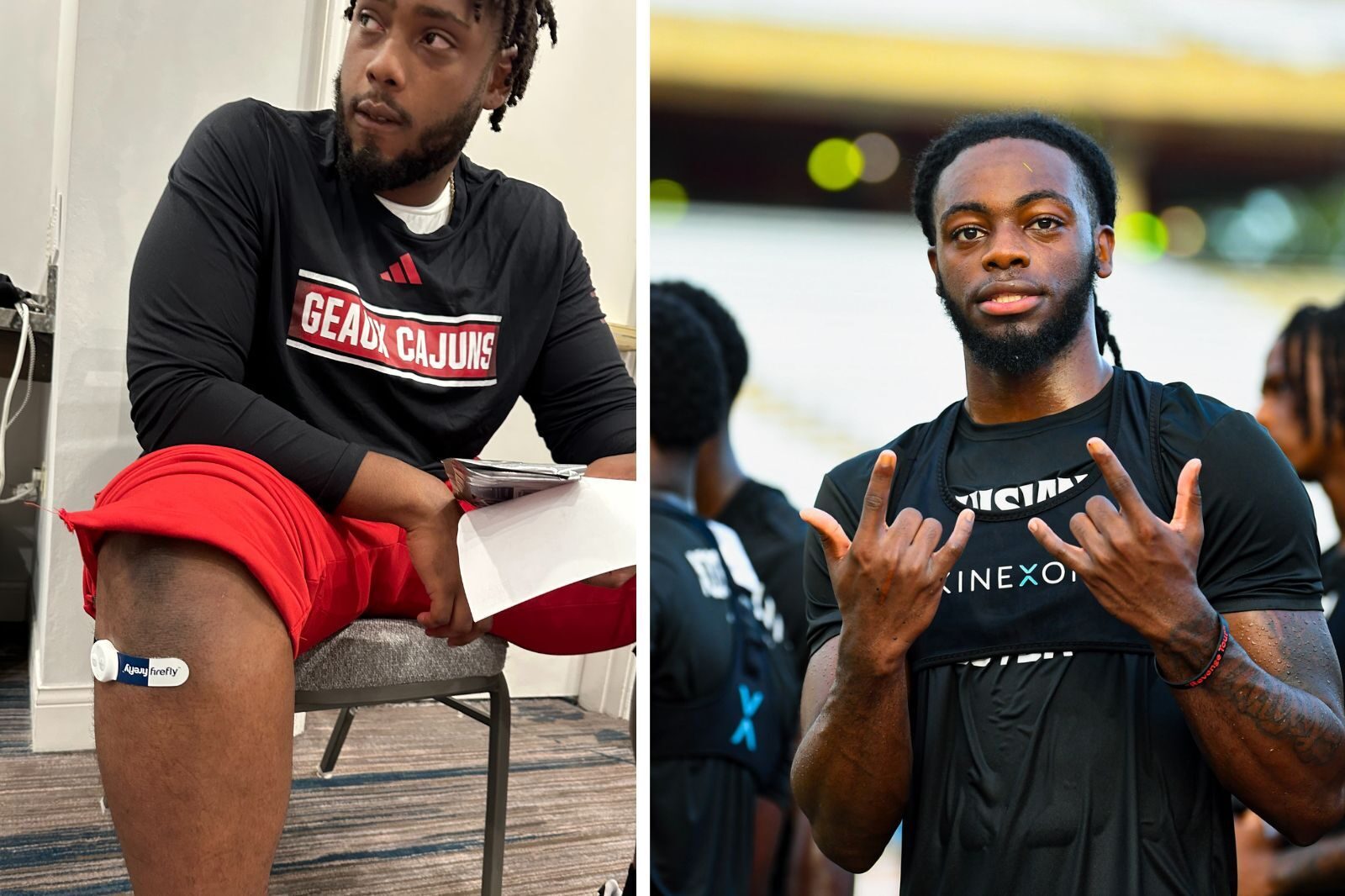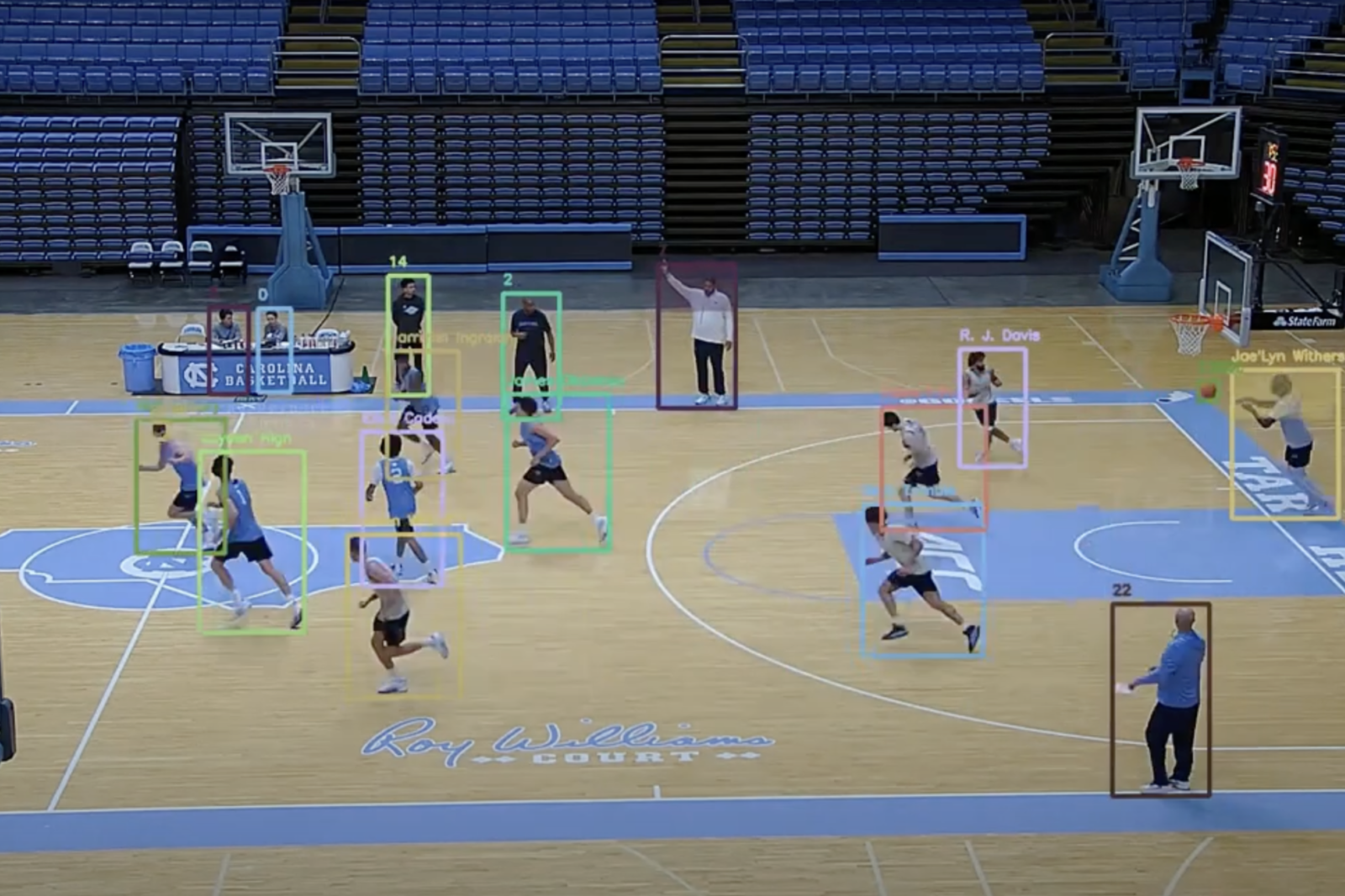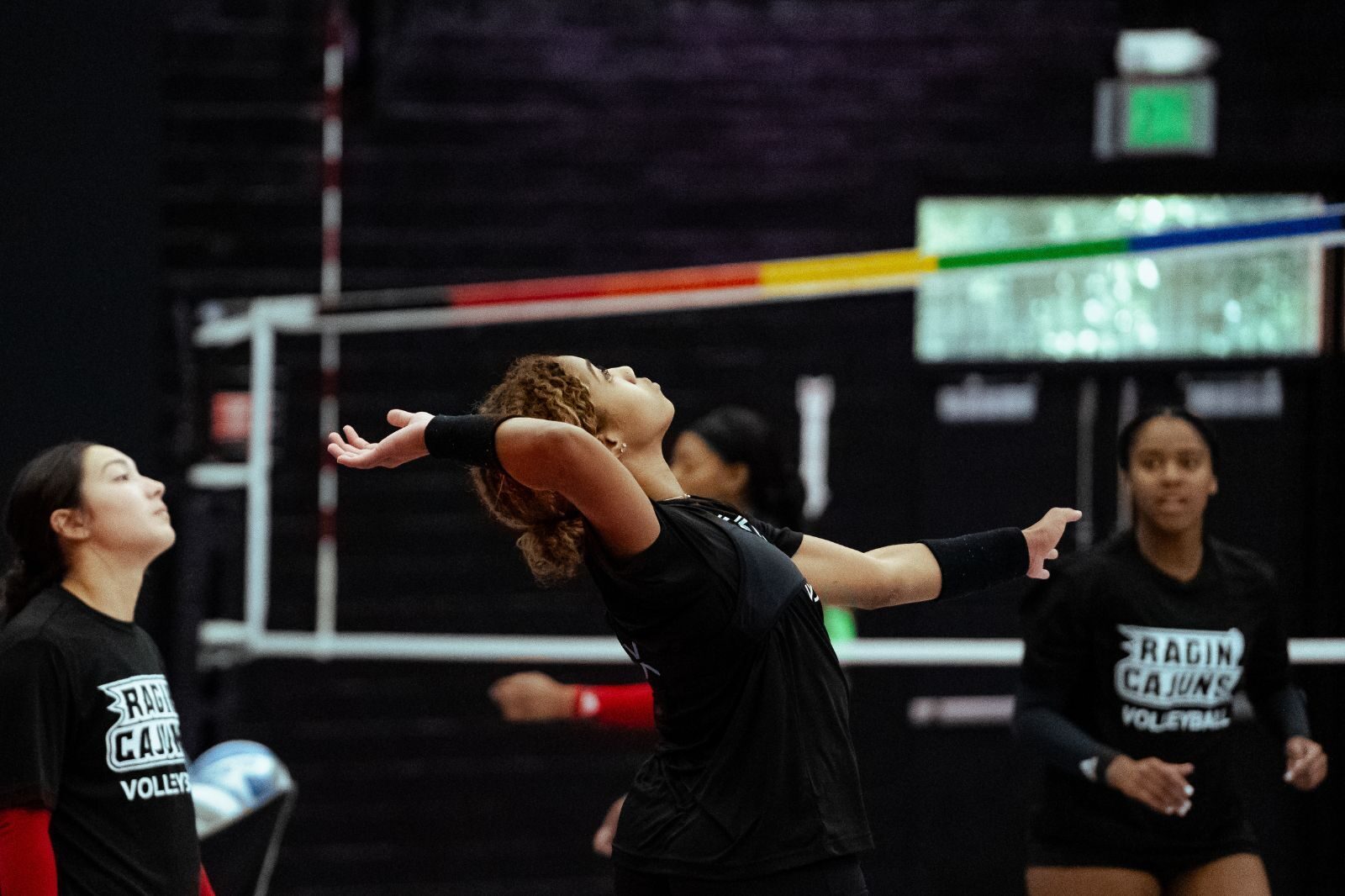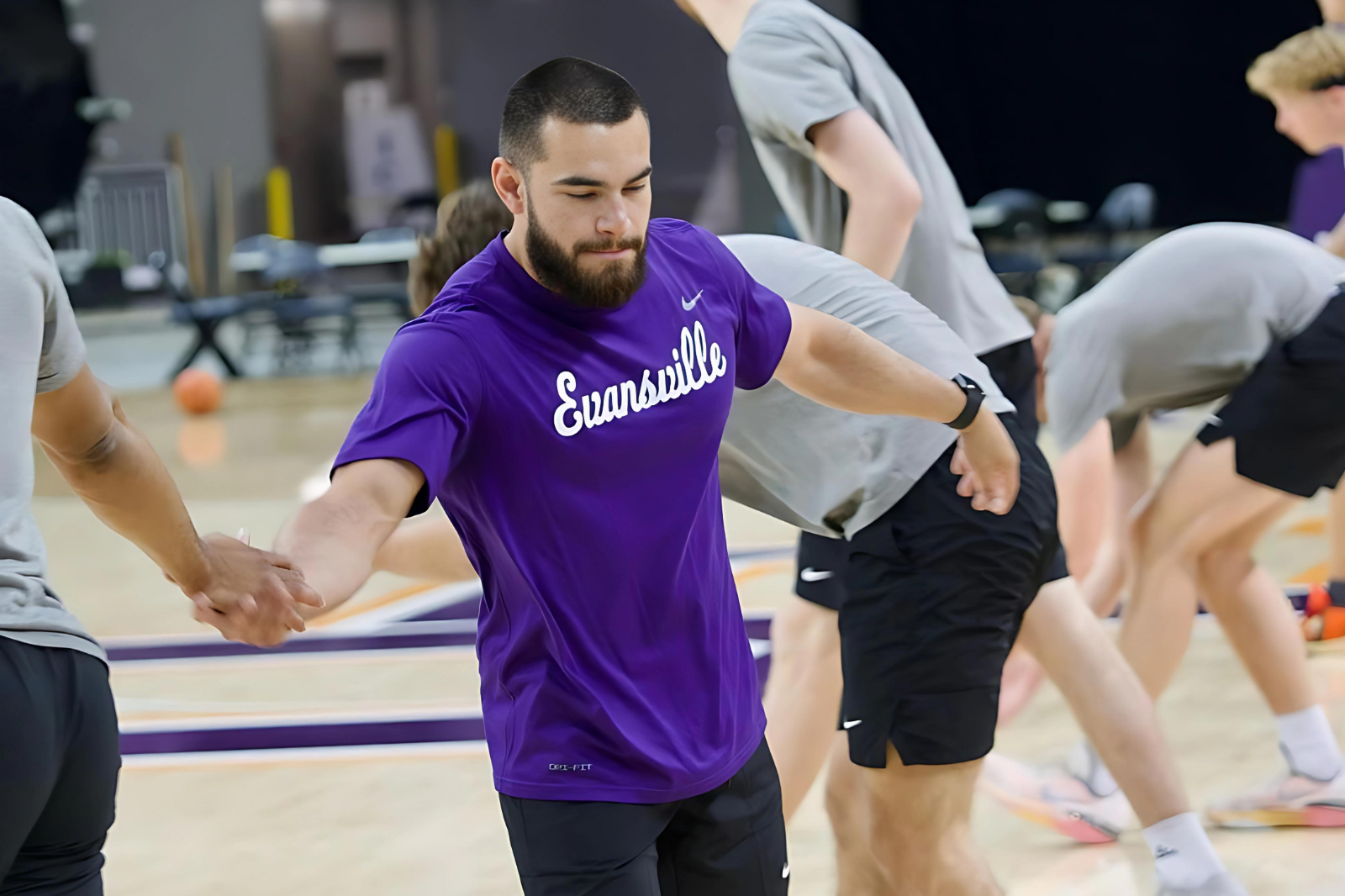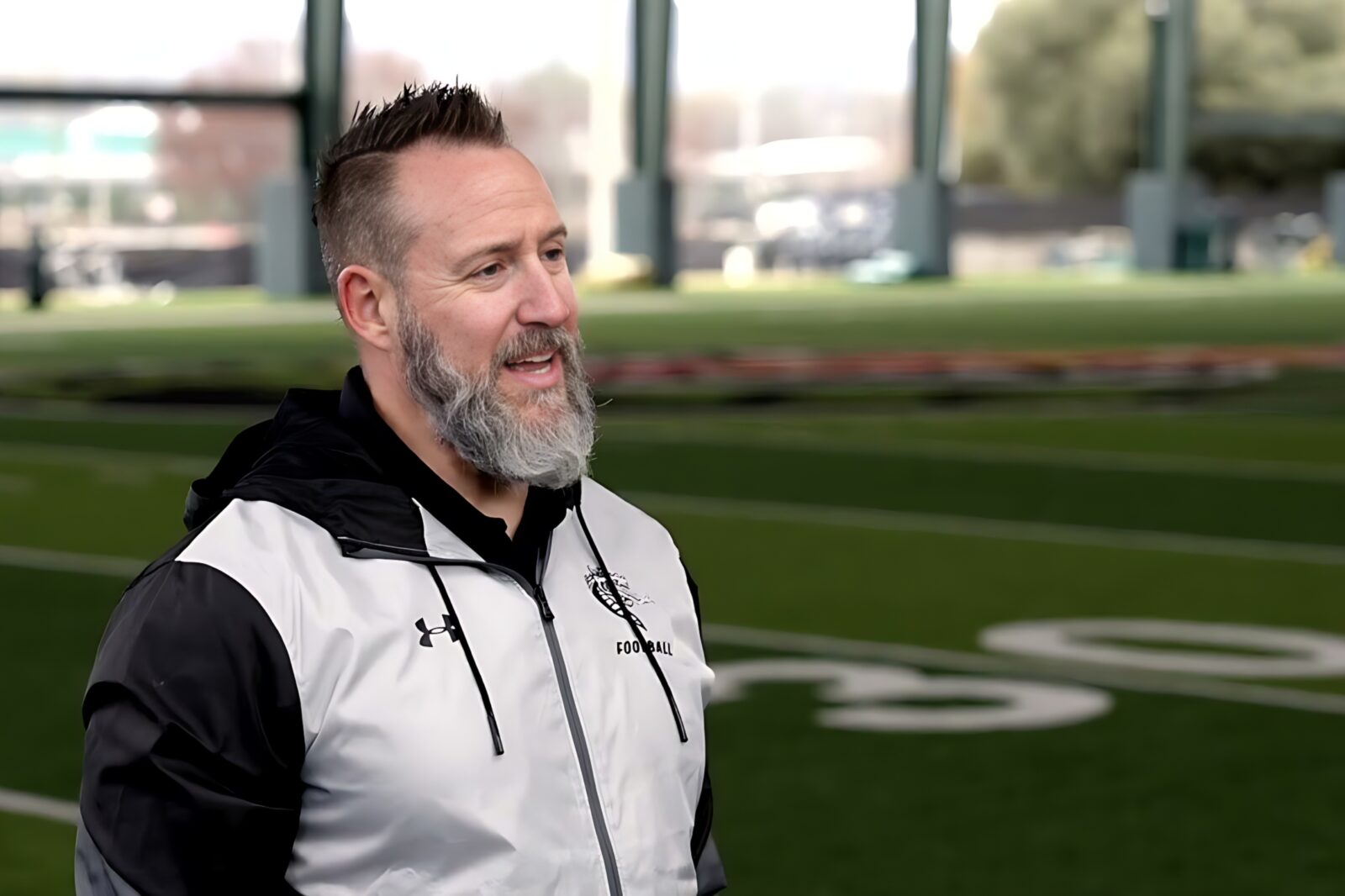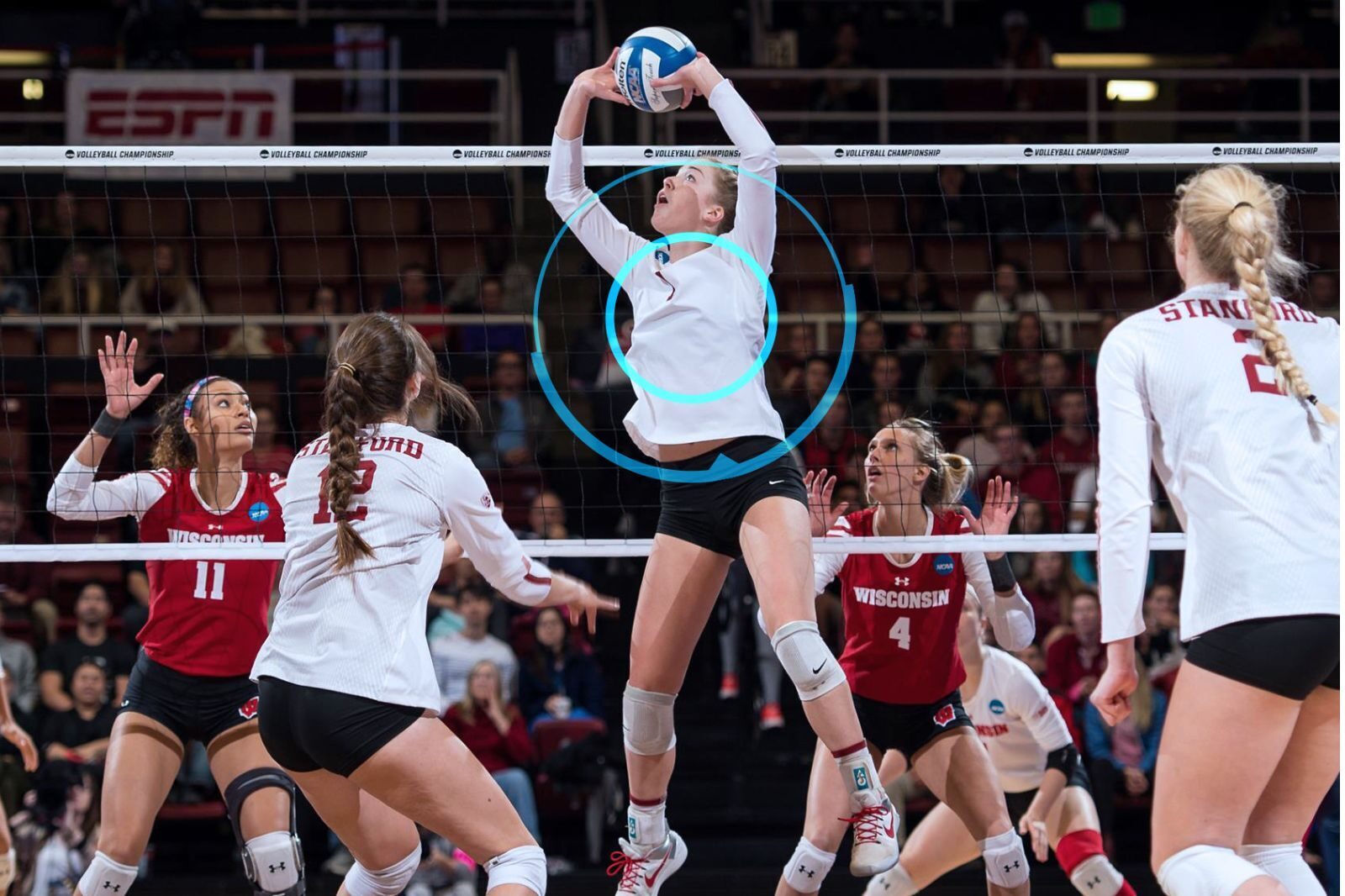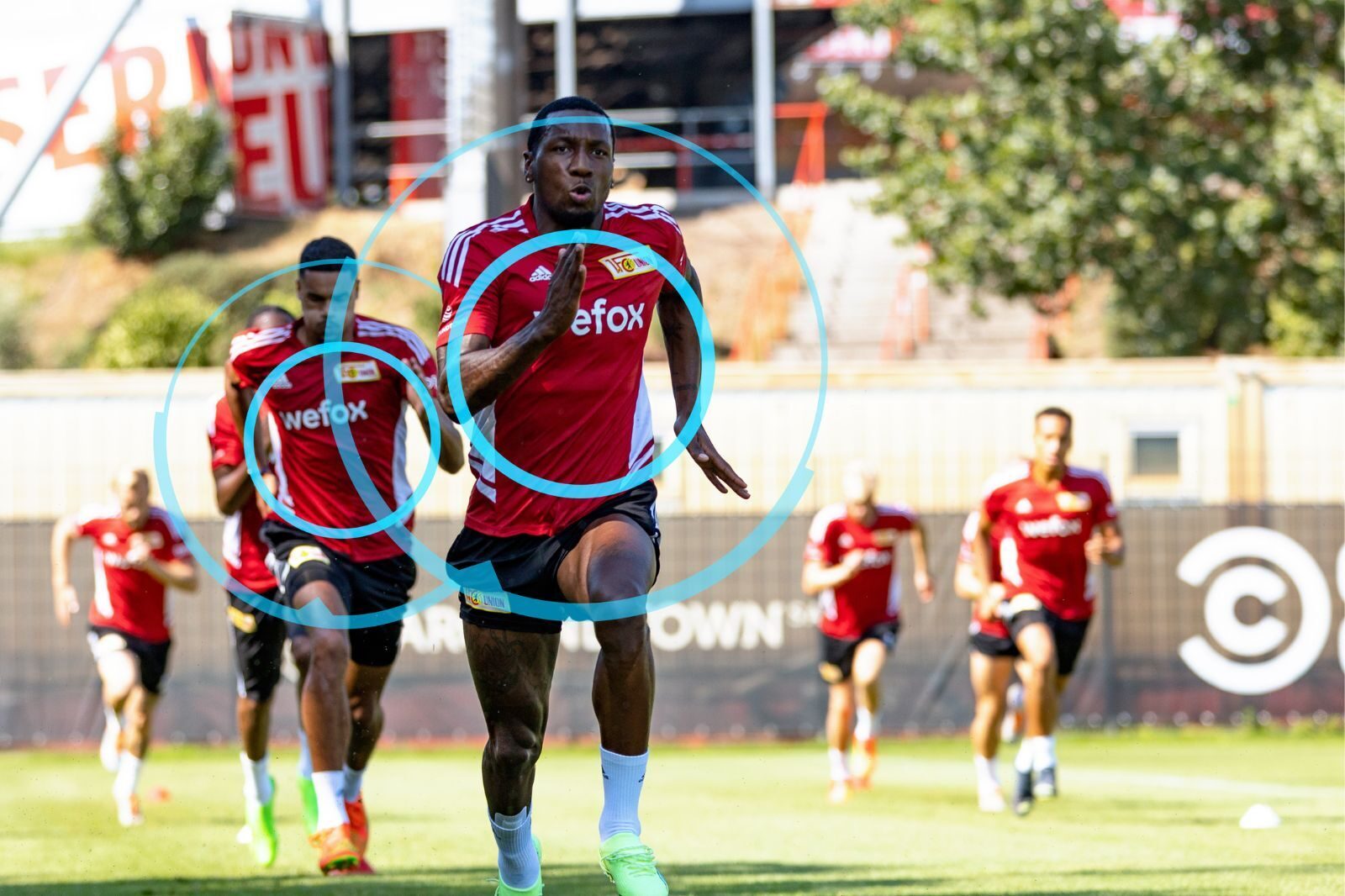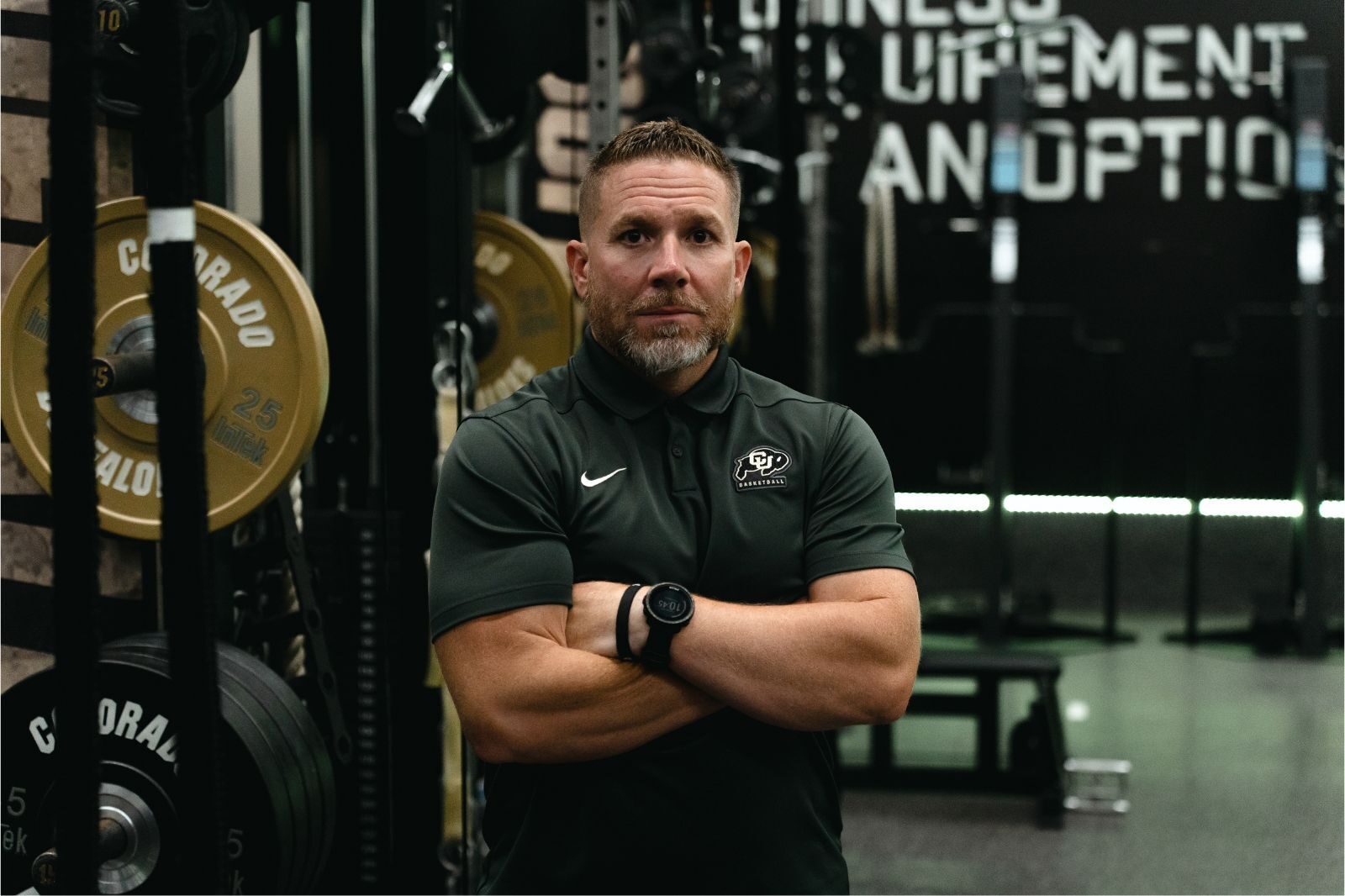Load Management: Three Takeaways
Our educational sports webinar sessions on Load Management have concluded. We have summarized the most important takeaways for you before entering the next stage of the series.
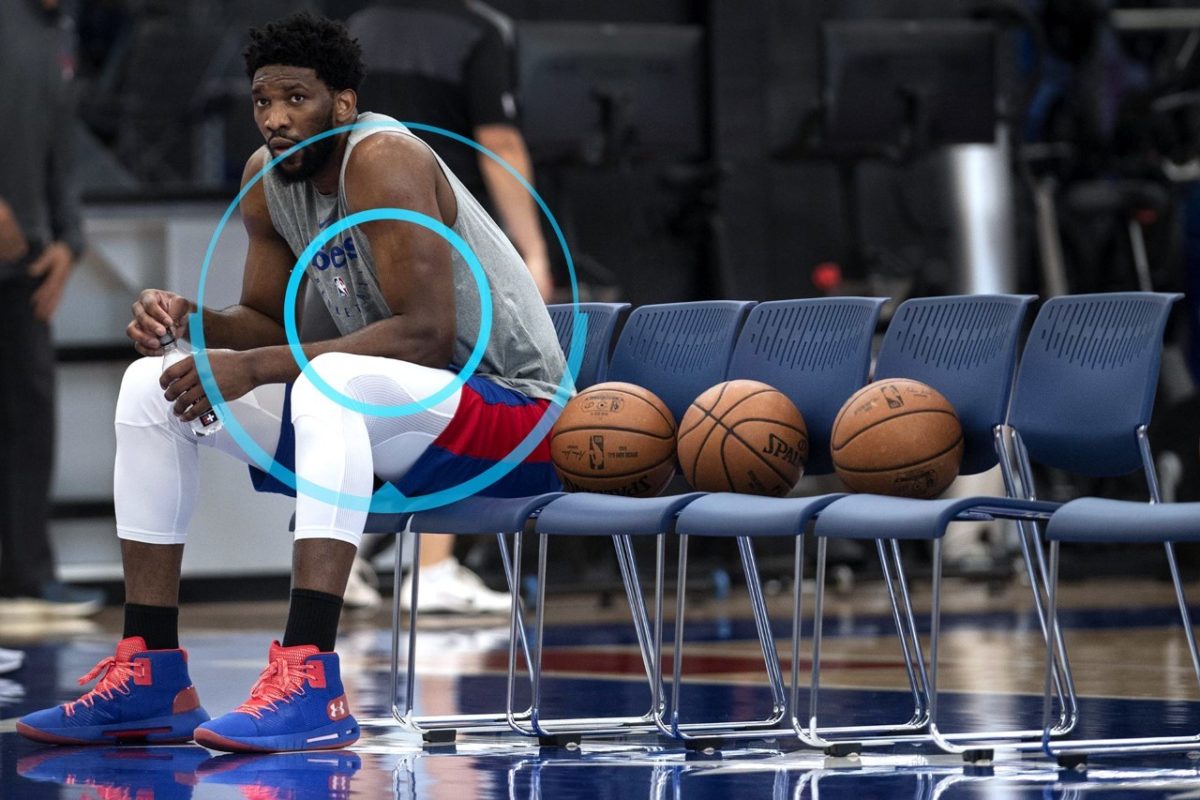
Takeaway 1: Understand the different load metrics
With so many different load metrics available, it’s essential to understand how each one is being calculated and what information that metric is representing about the athlete.
As a starting point, rate of perceived exertion (RPE) and total time can provide a baseline estimate for the load of a session. Additionally, distance covered and power output over the duration of a session can provide better insight regarding the overall demands of the practice or game.
When appropriate, data from heart rate monitors and accelerometers can be incorporated to better define the intensity of a session and comprehend the maximum outputs/peak demands on that day for the athlete.
When using more advanced tracking and monitoring systems, make sure the metrics you are utilizing are ones that you can explain to a coach or athlete and subsequently take action on.
Takeaway 2: Acute:Chronic (A/C) workload settings are not set in stone
Ways to look at work over time to help with recovery and training:
- 1‑day spikes above standard deviation 1.0
- 3‑day game trends to see if there is a pattern of something that needs to be addressed (fatigue, injury, matchups, change in role)
- You can adjust A/C ratio to determine what works best for your sport. 7⁄28 is a starting point but you can make adjustments based on your schedule.
Takeaway 3: Compare and contrast different metrics to better understand how your players are performing
For a more complete understanding of performance, compare the following types of metrics:
- Loads vs. Intensity
- Distance vs. Acceleration/Deceleration
- Physical Exertion vs. In-Game Production
- Metrics that will help the coach understand how they can adjust practices to meet game demands.
Stay tuned for the next Educational Webinar Series blog post: What to do with the Data
To schedule a demo please contact andrew.fopeano@kinexon.com
For more information on this webinar series please contact matt.bontorin@kinexon.com


